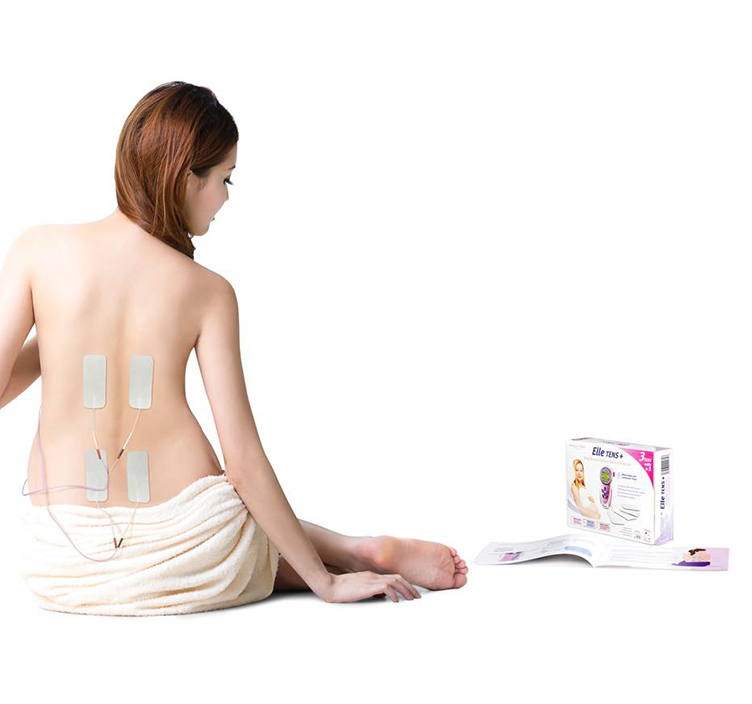How does it work?
How does a TENS (transcutaneous electrical nerve stimulation) unit work during labor?
When we feel pain, nerve signals travel to the brain. In early labor, TENS electrode pads are placed on your back along the nerve pathways carrying pain signals from the uterus and cervix. These pads produce small electrical impulses that travel just beneath the skin to the nerves. By stimulating the nerves this way, the TENS unit blocks the pain messages from reaching the brain. Instead of feeling pain, the brain perceives the tingling sensation caused by the TENS unit.
As contractions intensify, the frequency and strength of these electrical signals can be adjusted accordingly. Additionally, the TENS unit prompts the body to release endorphins, natural hormones produced during labor to help alleviate pain. It typically takes about an hour for the body to respond to TENS therapy, so it is recommended to start using a TENS unit early in labor at a low intensity. The intensity can be increased as labor progresses or as you become accustomed to the TENS sensation.
A TENS unit offers a non-invasive and portable method of pain relief. It works externally and does not affect the mother or baby’s physiological balance. It allows mobility and gives the laboring mother a sense of control over her labor. A TENS unit is perfect for use at home during the early stages of labor. It is safe to use a tens unit after 37 weeks of pregnancy, providing an opportunity to become familiar with it before going into labor.

Precautions to mention:
